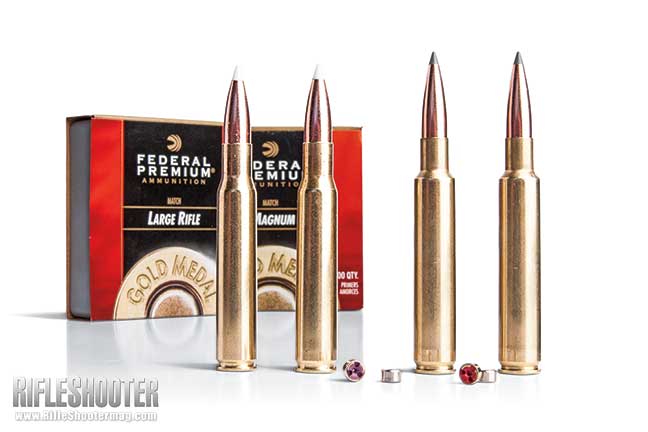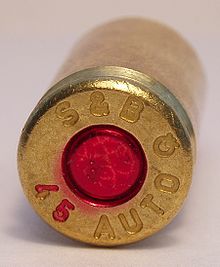Rumored Buzz on Winchester Primers
Table of ContentsA Biased View of Cci PrimersThe Federal Primers PDFsOur Federal Primers DiariesRifle Primers Can Be Fun For AnyoneMore About Primers In Stock
Part of the firearm cartridge for starting propellant burning In firearms and also artillery, the primer () is the chemical and/or gadget in charge of starting the propellant burning that will push the projectiles out of the gun barrel. In early black powder weapons such as muzzleloaders, the guide was basically the same chemical as the major propellant (albeit normally in a finer-powdered kind), yet poured right into an exterior flash frying pan, where maybe stired up by an ignition resource such as a slow-moving suit or a flintlock though some muzzleloaders have guides like cap weapon caps. winchester primers.
Examples include handgun cartridges, rifle cartridges, and also shotgun coverings. Larger weapons items in comparison normally use electric priming. In artillery the guides are regularly a separate component, put inside the barrel to the rear of the primary propellant chargebut there are other instances of guns, including as an example some automatic tools, made to shoot cartridges with indispensable electrical primers.
Cci Primers Can Be Fun For Anyone

With the introduction of hand-held guns, this became an unfavorable method of shooting a gun. Holding a burning stick while attempting to pour a cost of black powder carefully down a barrel is unsafe, and attempting to hold the weapon with one hand while simultaneously intending at the target and also looking for the touchhole makes it really difficult to fire properly. The very first effort to make the procedure of shooting a little arm much easier was the "matchlock".
, and also dried out. After the weapon was packed and the touchhole topped with powder, the burning suggestion of the suit was positioned so that the lock would bring it into call with the touchhole.
Reloading Primers Fundamentals Explained
This brought the suit to the touchhole, igniting the powder. With mindful attention, the slow-burning suit might be kept burning for extended periods of time, and making use of the lock system made rather exact fire possible. The next change in ignition modern technology was the "wheel-lock". It used a spring-loaded, serrated wheel which rubbed versus a piece of iron pyrite, comparable to a modern-day lighter.

The protected flashpan additionally gave some capacity to withstand negative weather condition. rifle primers. Wind, rainfall, as well as wet weather condition would render a matchlock useless, but a wheel-lock that was loaded and waterproofed with a little oil around the flashpan could be fired under a lot of conditions. The wheel-lock appreciated just a short period of appeal prior to being superseded by an easier, much more robust style.
Some Ideas on Cci Primers You Need To Know
The flint was held in a spring-loaded arm, called the "dick" from the resemblance of its activity to a pecking poultry. The cock revolved through about a 90-degree arc and was held in the tensioned, or "cocked" setting by a trigger.
The "half-cock" setting held the cock halfway back, and used a deep notch to ensure that pulling the trigger would certainly not release the penis. Half-cock was a security position, made use of when loading, keeping or bring a loaded flintlock. The "full-cock" placement held the dick completely back as well as was the placement from which the weapon was terminated.
It offered as both a flashpan cover and a steel striking surface area for the flint. The frizzen was hinged as well as spring-loaded to ensure that it would lock in the open or shut position. When shut, the striking surface area was placed to make sure that the flint would strike at the proper angle to create a trigger.
The 45-Second Trick For Pistol Primers
The flintlock mechanism was easier and more powerful than the wheel-lock, and the flint and steel gave a great, reputable resource of ignition. The flintlock continued to be in military service for over 200 years, as well as flintlocks are still made today for historical re-enactments and also muzzle-loading target competition, and also for hunters who take pleasure in the extra difficulty that the flintlock gives.
By the center of the 19th century, the percussion or caplock system was well developed., as it was easier as well as a lot more reliable than the flintlock.
The flashpan and also frizzen were eliminated as well as replaced by a small, hollow horizontal cyndrical tube (drum) screwed into the bored-out and tapped flash hole as well as lugging a "nipple" over which the cap could be see this fitted. A "hammer" which also had half-cock (for filling and also applying the cap) and also full-cock positions changed the penis.